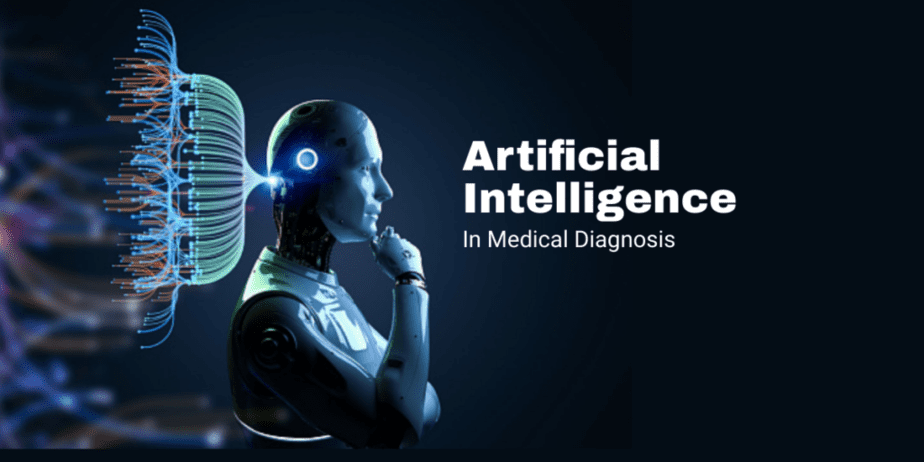
AI’s Surprising Breakthroughs in Medical Diagnosis: Revolutionizing HealthcareAI’s Surprising Breakthroughs in Medical Diagnosis: Revolutionizing Healthcare The rapid advancements in artificial intelligence (AI) have brought about transformative changes in various industries, and healthcare is no exception. AI’s integration into the medical field has led to remarkable breakthroughs in medical diagnosis, enhancing our ability to detect, diagnose, and treat diseases with unprecedented accuracy and efficiency. 1. Precision Medicine Advancements: AI algorithms can analyze vast amounts of patient data, including genetics, medical history, and lifestyle factors, to identify patterns and predict disease risks. This has paved the way for precision medicine, where tailored treatments are designed based on individual patient profiles, ensuring more effective and personalized care. 2. Early Disease Detection: AI models are capable of detecting subtle changes in medical images, such as X-rays, CT scans, and MRI scans, that may be missed by the human eye. This has enabled early detection of diseases like cancer, heart disease, and Alzheimer’s, increasing the chances of successful interventions and improved outcomes. 3. Automated Analysis and Interpretation: AI algorithms can automate routine tasks such as analyzing bloodwork, chest X-rays, and electrocardiograms (ECGs). By eliminating human error and reducing subjectivity, AI ensures more consistent and accurate interpretations, freeing up healthcare professionals for more complex tasks. 4. Predictive Diagnosis: Leveraging AI’s ability to learn from historical data, researchers have developed models that can predict the likelihood of a patient developing certain diseases based on their risk factors. This information empowers both patients and clinicians to take proactive measures for prevention and early intervention. 5. Precision Treatment Planning: AI algorithms can assist in optimizing treatment plans by analyzing patient characteristics, disease severity, and response to previous therapies. This enables healthcare professionals to make informed decisions, resulting in more effective and personalized treatments that minimize side effects and improve patient outcomes. 6. Improved Patient Outcomes: The accuracy and efficiency of AI-assisted medical diagnosis have led to improved patient outcomes. By detecting diseases earlier, providing more precise treatments, and enabling proactive care, AI is helping to reduce mortality rates, increase treatment efficacy, and enhance overall patient health. 7. Accessibility and Cost-Effectiveness: AI-powered diagnostic tools have the potential to expand healthcare access by providing remote diagnosis capabilities. This is particularly beneficial in underserved or rural areas where access to healthcare professionals may be limited. Additionally, AI can reduce healthcare costs by detecting diseases early, avoiding unnecessary tests and procedures, and improving efficiency. Conclusion: AI’s breakthroughs in medical diagnosis have revolutionized healthcare, transforming the way we detect, diagnose, and treat diseases. Its ability to analyze vast amounts of data, automate tasks, and predict disease risks has significantly improved the accuracy, efficiency, and precision of medical care. As AI continues to evolve, its impact on healthcare is expected to grow even further, leading to even more life-saving breakthroughs and improved patient outcomes.
Posted inNews